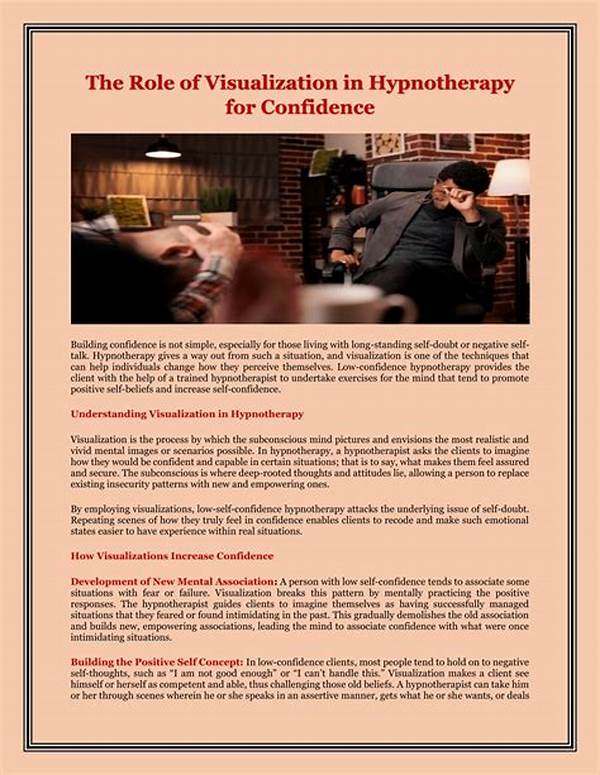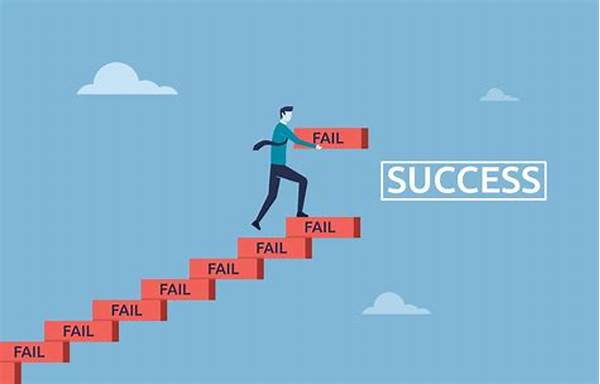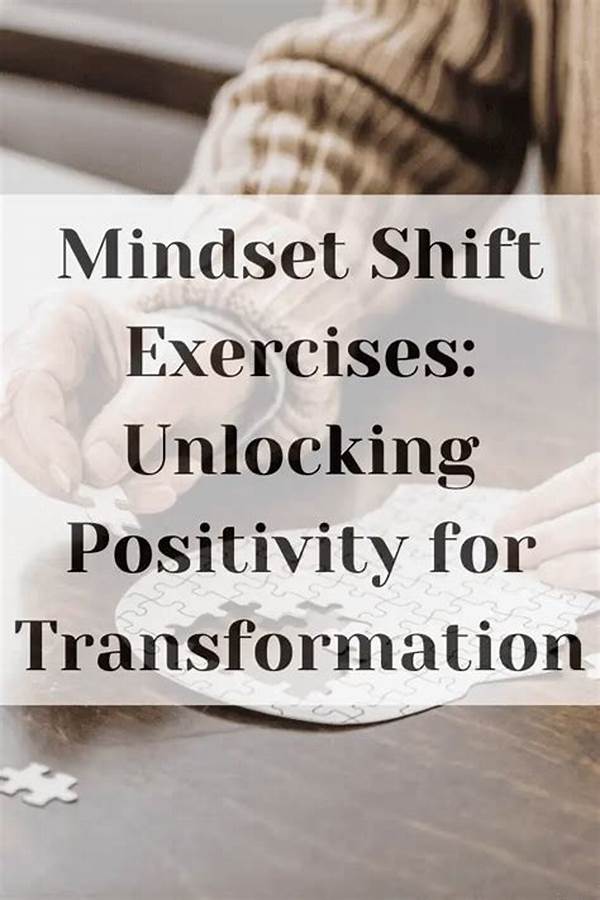- Unlocking the Potential: How Visualization Builds Confidence
- Discussion: Exploring the Depths of Visualization and Confidence
- The Psychology Behind Visualization
- Case Studies: Real-World Visualization
- Embracing Visualization as a Success Tool
- Visualization: A Journey Toward Mastery
- Future Insights: The Ongoing Evolution of Visualization Techniques
In the fast-paced world where first impressions often dictate the paths of our journeys, confidence emerges as a quintessential tool. Picture a scenario where words tumble out effortlessly, each step seems calculated, and hurdles are met with an unwavering gaze. This isn’t the stuff of fairy tales; it is the result of utilizing a powerful mental tool—visualization. As we delve into the role of visualization in building confidence, consider the world of an athlete visualizing their triumphant sprint to victory or an artist imagining their brush strokes on a blank canvas. The ability to visualize success translates into real-world achievements and infuses an inner strength that transforms dreams into tangible realities. But how does this manifest, and why is it so crucial in personal development?
Read More : Why Self-compassion Fuels True Confidence
In our everyday escapades, the fear of failure often looms larger than the potential for success. This is where the role of visualization in building confidence becomes invaluable. By mentally rehearsing and seeing yourself achieving, overcoming, and enjoying success, the perceived gap between dream and reality narrows. Athletes often employ visualization techniques before significant events, not just to hone their mental preparedness but also to step into the arena with confidence that stems from having ‘already been there’. Visualization creates a mental blueprint, forming a path across the daunting deserts of doubt and skepticism. It acts as an essential preparatory phase that imbues a sense of familiarity with new experiences, enabling an individual to navigate challenges with poise and conviction.
In the professional realm, visualization can transform presentations, meetings, or interviews by painting an inner picture of success. It enhances self-belief as one walks onto the stage or conference room with the mental reassurance of having meticulously prepared. Studies have consistently demonstrated the power of this practice—not just in boosting confidence but also in sharpening focus and enhancing performance. By envisioning the smallest details—like the layout of a room, the sequence of slides in a presentation, or the nuances of a conversation—the cognitive rehearsal reduces anxiety and fosters a psychologically safe environment for the mind. This conscious nurturing of confidence propels individuals forward, paving the way for effective communication and decisive action.
Unlocking the Potential: How Visualization Builds Confidence
The efficacy of visualization is no myth; it unfolds a narrative deeply rooted in psychology and neuroscience. Research has shown that rehearsing actions mentally can prompt the same brain responses as physical actions. This cognitive conditioning readies the mind and body alike, encouraging the emergence of inherent capabilities while exploring uncharted territories with fearless determination.
—
Discussion: Exploring the Depths of Visualization and Confidence
The concept of visualization, while simple in definition, harbors profound implications for personal growth. It’s a strategic tool leveraged to instill assurance and convert perceived limitations into opportunities. By visualizing success, individuals fortify their self-image, embarking on endeavors with newfound vigor and creativity. But what underpins the role of visualization in building confidence, and how can this be harnessed to elevate every facet of one’s life?
The Psychology Behind Visualization
Numerous studies have reinforced the potent impact of visualization on cognitive and emotional well-being. The method hinges on creating vivid mental imagery that the brain interprets as physical reality, thereby activating neural patterns similar to those used during actual task performance. This intellectual rehearsal serves as a precursor to real-life enactment, where the imagined scenario becomes a practiced narrative, diminishing anxiety and fostering an unwavering belief in self-capabilities.
As these mental ‘dress rehearsals’ become habitual, they significantly alter self-performance perceptions. People begin to see themselves in the light of their visualized achievements, grappling with challenges more resiliently and with a clearer focus. However, the power of visualization does not solely derive from repetition—it also requires a nuanced understanding of one’s goals, bridging aspirations with practical strategies.
Case Studies: Real-World Visualization
Consider elite athletes who credit visualization as a cornerstone of their success. From Olympic champions to industry leaders, visualization equips individuals to craft mental frameworks that heighten emotional and cognitive readiness. In interviews, many attest to the remarkable transformations spurred by this practice, broadening the landscape of what they perceive as personally achievable. As one champions such a narrative in business, their role of visualization in building confidence becomes a beacon illustrating that inner beliefs indeed manifest outward success.
Through this lens, visualization emerges not only as a narrative retelling of one’s dreams but as a powerful manifesto urging individuals to grasp control over their futures. This compelling intersection of psychology and ambition showcases visualization as a facilitator of confidence—cultivating resilience that persists in the face of adversity and igniting potentials that transcend perceived limitations.
Embracing Visualization as a Success Tool
The union of science and storytelling inherent in visualization provides a fertile ground for instilling confidence. It becomes a ritual of empowerment, facilitating an inner dialogue that illuminates pathways toward personal and professional victories. However, adopting this practice requires discipline and consistency—transforming fleeting moments of imagination into sustained confidence that permeates every action.
—
Visualization: A Journey Toward Mastery
The aim is to harness visualization as a tool not just for immediate enhancements but as a long-term strategy for personal development. This technique transcends norms and breaks barriers, encouraging individuals to redefine their role in a persisting narrative of capability and confidence.
—
Future Insights: The Ongoing Evolution of Visualization Techniques
The exploration of visualization does not culminate in the achievement of immediate goals alone but carves pathways for lasting transformation. As techniques continue to evolve, their role in educational settings, mental health interventions, and innovation strategies underscores a multifaceted significance. The role of visualization in building confidence is a compelling testimonial to the harmonious weave of belief, aspirations, and cognitive precision.
—
In summary, the role of visualization in building confidence bridges the gap between potential and achievement, offering a compelling framework for personal and professional success. By consistently engaging in this transformative mental exercise, individuals empower themselves to boldly walk the path of both imagined and realized aspirations.



